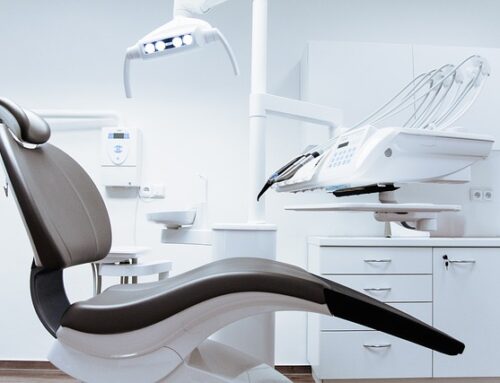While painful, temporomandibular joint disorders (TMD) refer to a cluster of conditions that are often characterized by pain in the temporomandibular joint (TMJ) or its surrounding tissues. The surrounding tissues might include the neck, head and even shoulders. Conditions involving the TMJ are so common among the adult population that up to 75 percent show at least one sign of TMD upon examination. To help your patients reduce or eliminate their pain, let’s take a look at some of the complications of TMD and how to educate your patients.
What are the other complications of TMD?
Evidence continues to be available about TMD and how it can be worsened by other conditions. Today, it has been shown that anxiety, stress, and other emotional disturbances may worsen TMD. Some of the common signs of TMD include:
- Jaw pain.
- Limited or painful jaw movements.
- Headaches.
- Neck pain or stiffness.
- Clicking or grating within the joint.
- Inability to open mouth without pain.
About 55 percent of patients with chronic headaches who receive referrals to a neurologist actually have signs of TMD. Without the education on TMD, patients are overlooking signs and symptoms and are missing treatment. As a dentist, you can put an end to the misdiagnosis of TMD by completing further education. You can also educate your patients on self-care techniques and referral for non-invasive treatment.
TMD treatment can help
Signs and symptoms of TMD improve over time with at-home care, and with oral appliance therapy from the dental office. Previous studies have even show that as many as 50 percent of patients improve in one year and 85 percent improve completely in three years.
Encourage conservative treatment before considering any invasive options. It is important to treat your patients properly without causing further complications.
Contact my office to learn more about TMD and available treatment options, as well as upcoming lectures for continuing your education.




